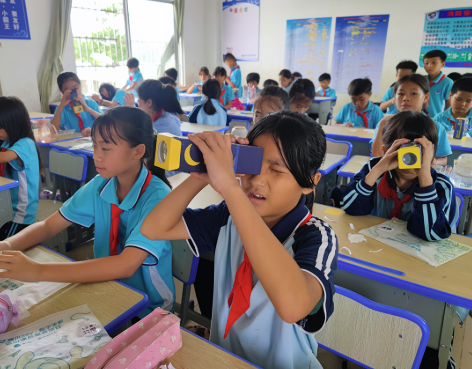Article:
Rural schools often face unique challenges—limited access to specialized courses, fewer resources, and geographical isolation. In 2025, personalized learning is helping to bridge these gaps by offering flexible, student-centered strategies that expand educational opportunities for rural learners. With thoughtful implementation and support, personalized learning can play a vital role in strengthening rural education systems.
Adapting to Local Needs
Personalized learning allows rural educators to tailor instruction based on student interests, community values, and local career opportunities. For example, a student in an agricultural region might pursue customized projects related to sustainable farming or agri-tech, integrating real-world relevance into academic goals.
Expanding Access Through Technology
Digital platforms have opened the door to a broader range of learning experiences for rural students. With online courses, virtual labs, and interactive content, learners can access subjects and skill-building opportunities that may not be available locally. Personalized learning uses this technology to ensure content matches individual readiness levels and interests.
Supporting Mixed-Age and Multi-Level Classrooms
In rural schools, it’s common for teachers to work with students of different ages or academic levels in a single classroom. Personalized learning supports this model by enabling differentiated instruction and independent work time. Students can move at their own pace while teachers provide targeted support.
Building Strong Student-Teacher Relationships
Smaller class sizes in rural areas create a natural environment for relationship-based learning. Personalized learning amplifies this by giving educators tools to track student progress, identify individual needs, and offer customized feedback. The result is more meaningful interactions and consistent academic support.
Fostering Local Partnerships
Rural schools can partner with local businesses, farms, and community organizations to provide personalized, career-focused learning opportunities. Internships, mentorships, and project-based learning initiatives help students connect their academic work to the local economy and future employment paths.
Encouraging Equity and Inclusion
Personalized learning helps rural schools address learning disparities by giving all students access to the resources and support they need to succeed. Whether through language translation, assistive technology, or alternative assessments, this approach ensures no student is overlooked due to geographic or resource-based barriers.
Conclusion
In 2025, personalized learning is proving to be a powerful tool for transforming rural education. By providing flexible pathways, embracing community relevance, and leveraging digital tools, it helps rural students access the same quality of education as their urban peers. With the right support, personalized learning can ensure that every student—no matter where they live—has the opportunity to thrive.














